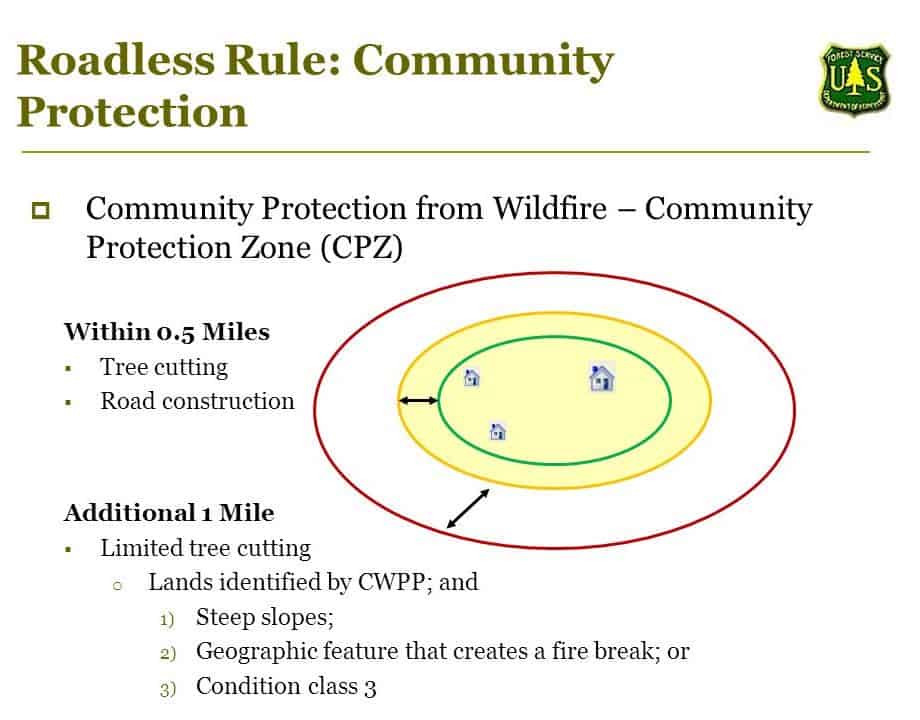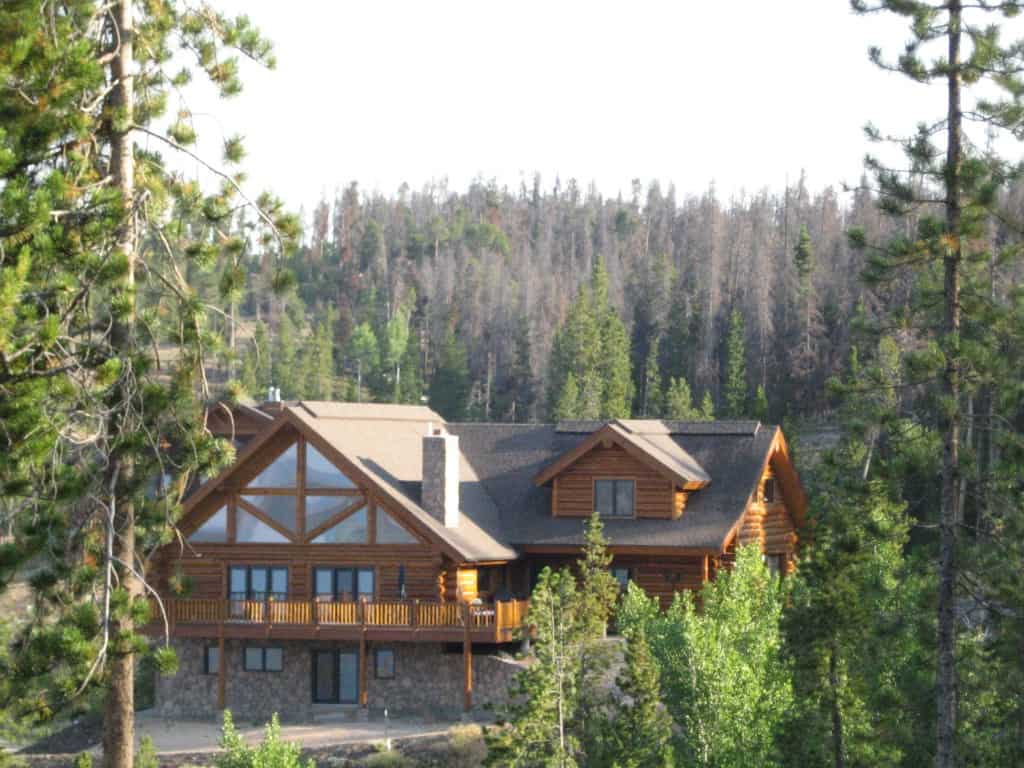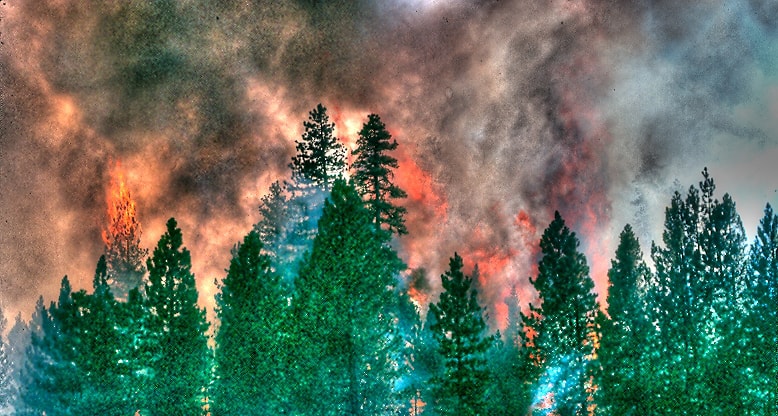I’ve told my story before about working on the 95 RPA Program sometime in 93 or 94, 27 years ago, bringing the issue of roadless to the group then known as Chief and Staff, when Jack Ward Thomas was Chief. Someone at the meeting said “but what about Alaska?” and the idea was dropped. I often wonder what would have happened if someone in the group had said “well, Alaska is different, we could leave them out and go ahead with the others.”
And so here we are (27 years later) with a draft Roadless Rule for Alaska out for public comment. Having been involved in Colorado Roadless and the massive misinformation onslaught by many groups and media (a veritable blizzard of hit pieces), I am going to wade in to asking “what’s actually in the draft rule? and how does that relate to how it’s portrayed?”.
I’ve sent a note to the AK Roadless folks asking whether they have information on these topics easily accessible. But perhaps others out there have information to share. This Salon piece aroused my curiosity with the “science” angle. Also the headline seemed a bit over the top “Forest Service moves to open “America’s Amazon” to loggers””.
Trump’s National Forest Service is using a refuted scientific theory to justify building roads in our country’s largest national forest, what some call “America’s Amazon.”Loggers want to raze trees more than 1,000 years old.The Forest Service says guidelines from the United Nations’ climate authority would be followed. Two scientists whose research was cited in the U.N. study says the Forest Service is espousing junk science.
The Tongass stores more carbon removed from the atmosphere than any other national forest in the country in its old-growth Sitka spruce, hemlock and cedar trees. It helps protect Alaska, which is warming more than twice as fast from climate change as our planet overall. The forest holds about 650 million tons of carbon or about half of U.S. carbon dioxide emissions in 2017.
I also think it’s interesting to equate the total storage of the forest with annual emissions of the US. A person could also argue that if Alaska is warming twice as fast, those trees are in trouble anyway. But wait, this E&E News story says..
Even though 9.2 million acres of inventoried roadless areas would be freed from the roadless rule, only 185,000 acres would be added to the areas that may be considered for timber harvest, the Forest Service said.
Overall harvest projections remain at 17,000 acres of old growth and 11,800 acres of young growth over the next 100 years, levels envisioned in the 2016 Tongass land management plan.
“The proposed rule does not change the projected timber sale quantity or timber demand projections set out in the Tongass Forest Plan,” the Forest Service said in the documents. “The alternatives examine different mixes of land areas and timber restrictions that would incrementally increase management flexibility for how the forest plan’s timber harvest goals can be achieved, but does not fundamentally alter the plan’s underlying goals or projected outcomes.”
Based on the FS point of view, they are trying to switch around where they get their 28,800 OG and YG acres per year. Wikipedia says the Tongass is 16.7 million acres. Is that .2% of the total acres per year? How relevant is it then, to talk about the carbon on the entire forest as relevant to this decision?





